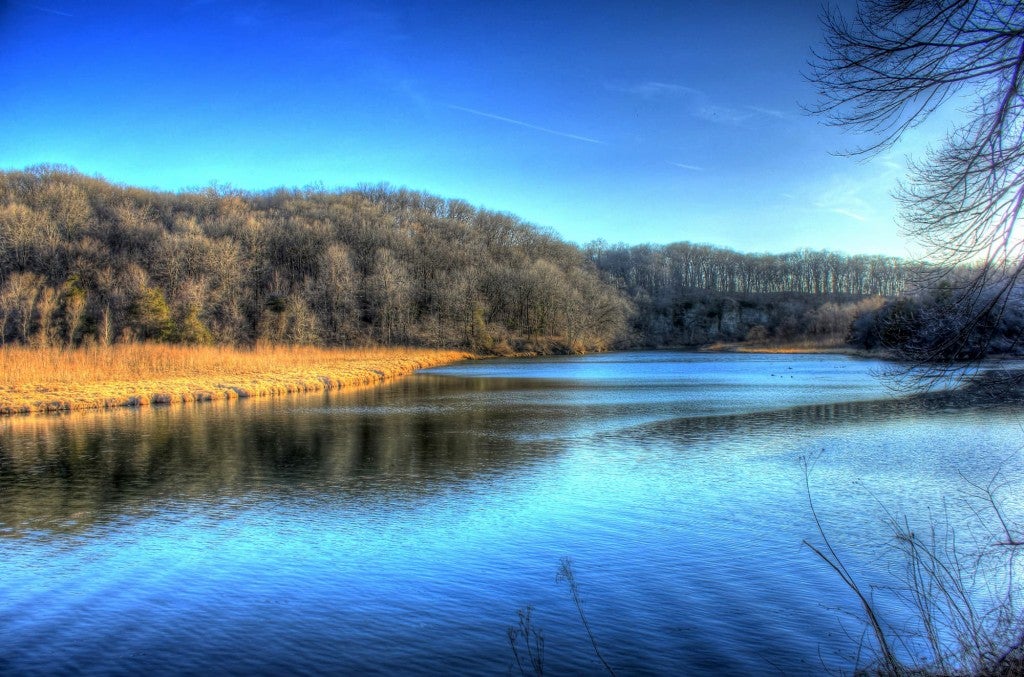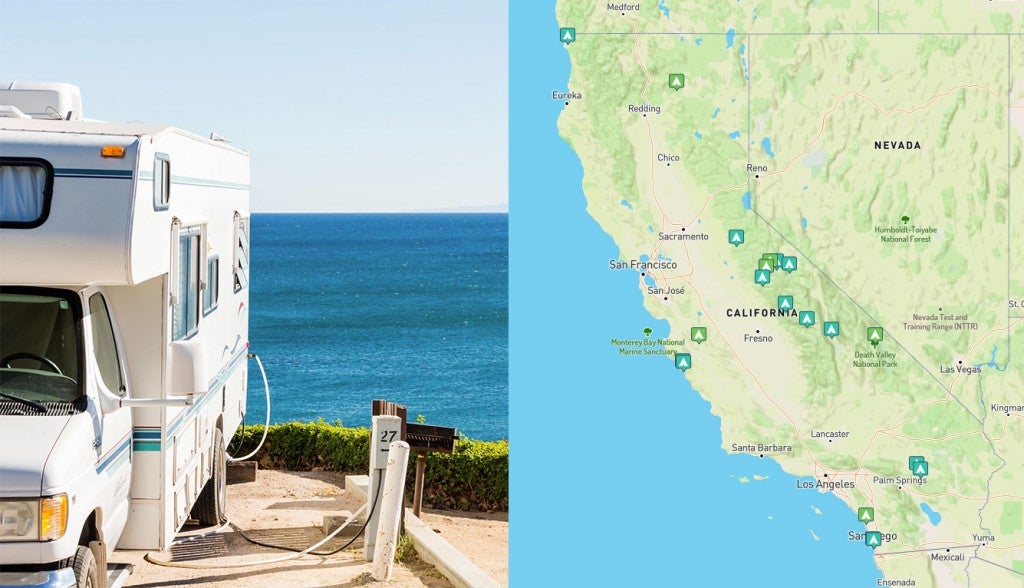Campers share what full-time RV life is really like, from flat tires to epic views that can change every day.
Traveling full-time with a camper trailer and 4-wheel drive was never on my bucket list, but the RV life didn’t take much convincing. After six months of planning, my husband and I took off from New South Wales and headed north, with no itinerary and no timeline.
My priorities shifted quickly. We became obsessed with the weather: rain was bad, but wind was worse. I didn’t have to go to an office, but I did need to chase WiFi for work. We sought out the cheapest fuel prices, consulted campground reviews, and tried to stay in each spot for a minimum of three days.
The next 18 months changed my perspective on RV life and what it’s like to live on a perpetual road trip: not quite the unparalleled freedom I’d envisioned, but definitely worth the gamble of turning our lives upside down.
Thinking of making the shift to life of full-time RV travel? We talked to some experienced RVers to get answers about what life on the road is really like—from their favorite campsites to the biggest misconceptions people have about living in an RV.
Meet our travelers and their rigs!
4 Full-Time RVers Answer Questions About RV Life
Ching and Jerud of Live Small, Ride Free have been on the road with their dogs living the RV life since March 21, 2015. They rebuilt a 2001 25’ fifth wheeler (‘the Toaster’) to run exclusively on solar power; it’s free of fossil fuels and designed for long-term boondocking. They both work freelance, Jerud in technical editing and Ching in writing and photography, but also pick up temporary and seasonal jobs on the road.
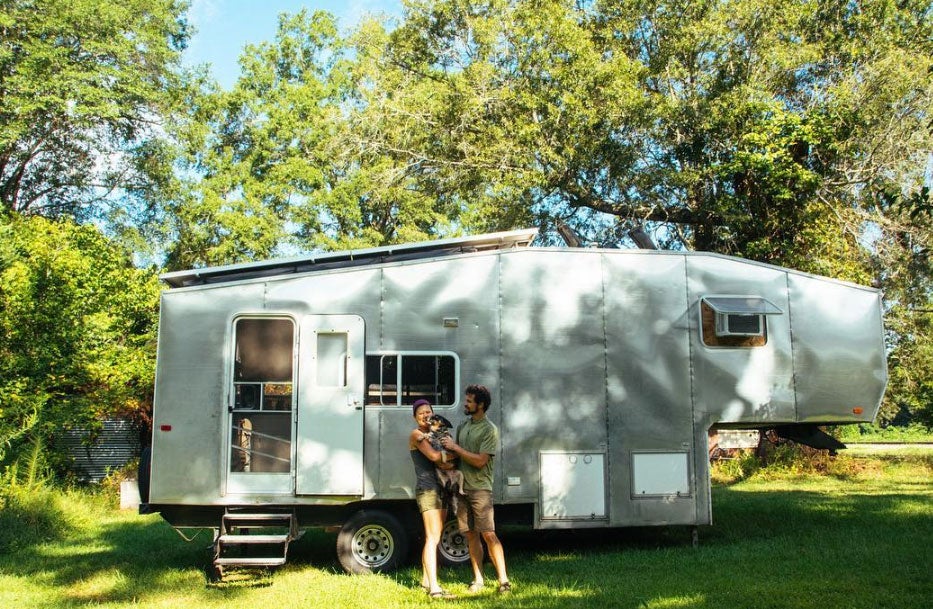
Image from @Livesmallridefree
Stacey of Tin Can Adventure has been living the RV life and traveling full-time in a 25’ Flying Cloud Airstream since May 2017. She runs a media company, does photography and design, and has a small e-commerce store.
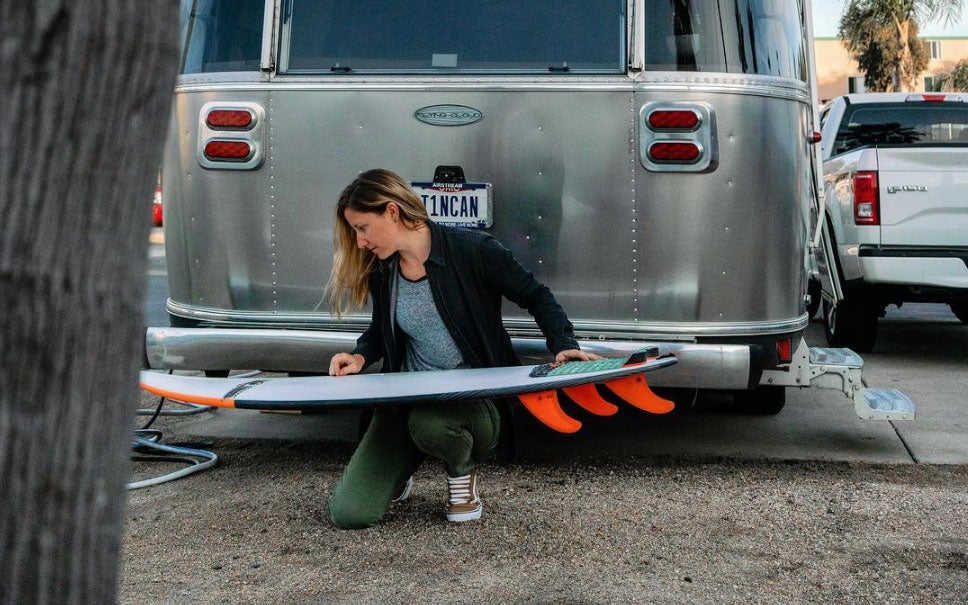
Image from @Tincanadventure
Caz and Craig of yTravelBlog are traveling with their two daughters in a 37’ Forest River Hemisphere travel trailer, towed by a Ford 250 truck. They’ve been on the road for two months so far, intending to be full-time in the RV life for at least 12 months. They previously traveled 18 months around Australia in a pop-up travel trailer and work as travel bloggers.
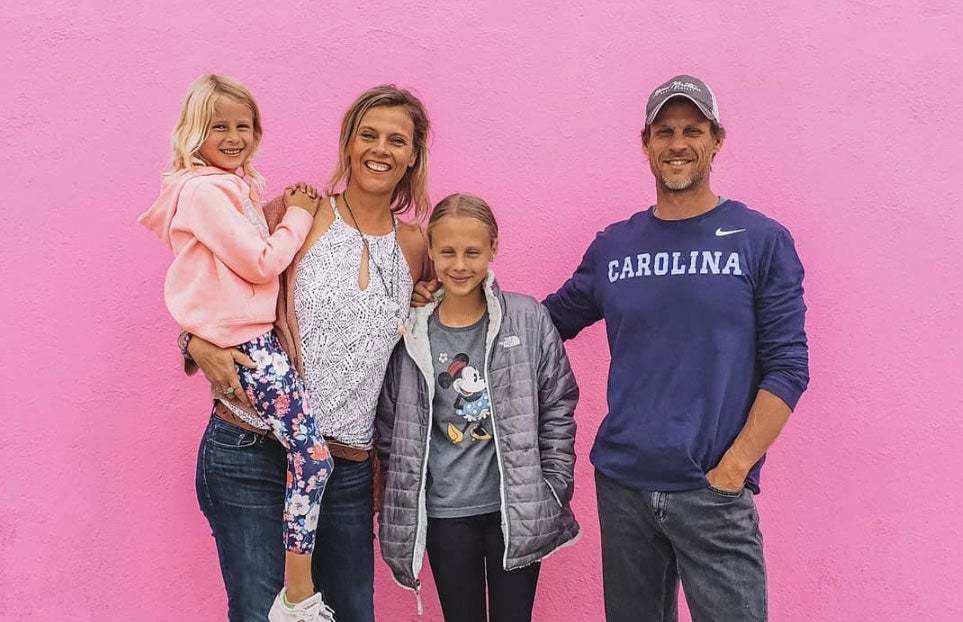
Image from @ytravelblog
Darrell and Lily of Bliss or Die made a major change after Darrell was diagnosed with Hodgkin’s Lymphoma in 2015. Once he was given the all-clear, they started building a custom combo of a 15’ Bliss Mobil habitat and a 2004 U.S. military cargo truck. They have been full-time travelers with their teenaged son since April 2018, and they recently took a step back from working as digital nomads to give themselves more freedom to travel in their RV life.
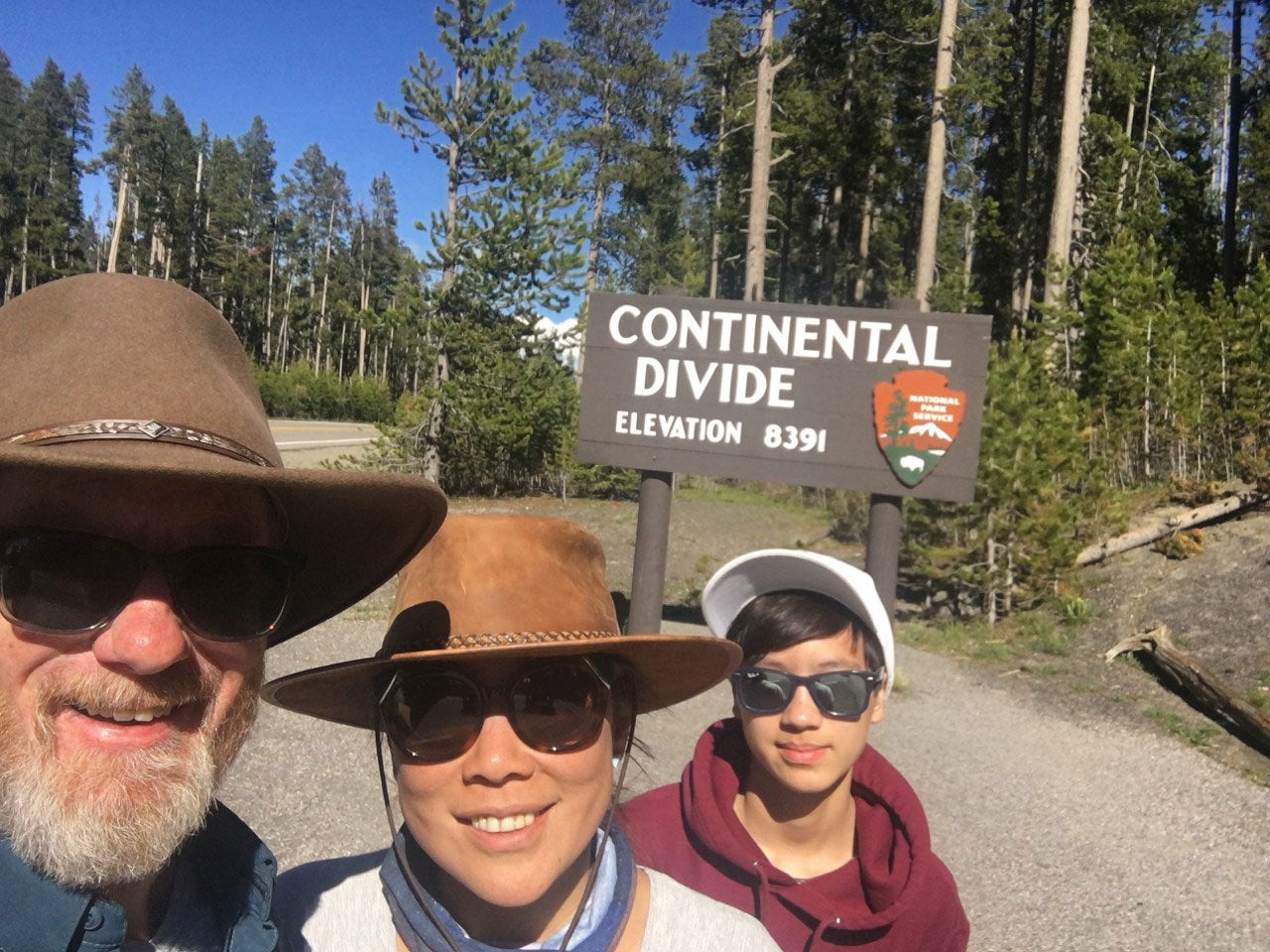
Image from Blissordie.com
Prepare for your next adventure in your RV by downloading maps. The Dyrt Pro lets you download maps and campgrounds without cell service. “My alternative to using pro would be to drive back out to cell service”.
How often do you move around?
Live Small, Ride Free: We generally move every two weeks (that’s the typical boondocking stay limit), but sometimes we stay longer (or shorter). When we relocate to another boondock site, we generally don’t move very far. This keeps our driving miles low and lets us get to know an area better.
Tin Can Adventure: It really depends on where I am at and my workload at the time. I try to stay in places for a week at least. If I am close to friends or family, I tend to stay longer.
yTravelBlog: Ideally, we like to stay in each destination for at least a week. We find the best base for us to explore the surrounding area, driving up to 2 hours away for a day trip from the RV. It takes a lot of time to pack and set up, so we don’t want to move as frequently.
Bliss or Die: We are very slow travelers. We are rarely destination-focused. We mostly will stay a week or more in places we love. We’ll move around once a week or so, and sometimes we don’t travel far between sites.
How do you decide where to go?
Live Small, Ride Free: Our travel plans are usually based on minimizing our driving as much as possible to be environmentally-conscious. When we look for new places to go, we search for areas that have a lot of outdoor recreational opportunities clustered together. Other factors like weather, season, and whether we’re in the desert, mountain, or lake mood come into play along with meeting up with friends.
Tin Can Adventure: When I first hit the road, I went to the places I dreamt of surfing at. Now I tend to either plant myself close to friends/family or head to the coast when I need a surf fix or to the mountains when I want to go snowboarding. It really just depends on what I am feeling. That’s kind of the beauty of this lifestyle. You can always change your scenery depending on what you need or what you are craving. I don’t plan ahead much so I keep my options open.
Boondocking and travel logistics require a lot of planning effort, along with learning your way around new areas.
yTravelBlog: We are focused on mostly national and state parks and outdoor adventures, so this helps shape where we decide to go. We have a rough idea of the direction we are headed and what we want to see and do. This trip [in the U.S.] is very different to our RV trip in Australia as we have to carefully consider the weather. So, now we are concentrating on the lower US states to avoid a bone-chilling winter. Once spring arrives, we will move into the Southwest, Mountain and Pacific Northwest states.
Bliss or Die: As digital nomads, we are constantly chasing an adequate cell signal to get our work done. This was limiting our choices of truly off-grid, dispersed sites. We would decide ad-hoc, often the night before or day of travel. We were typically heading in a particular direction and based our decision on travel time, reviews, and word of mouth—we try to stay away from RV parks and only rarely use them. Only when we need to dump and use hookups.
What’s the biggest misconception about full-time RV life?
Live Small, Ride Free: That it’s a glamorous, non-stop “vacation”. We still spend time on mundane things like work, household chores, and repairs. Boondocking and travel logistics require a lot of planning effort, along with learning your way around new areas.
View this post on Instagram
Tin Can Adventure: Ha! I love this question. Definitely, that people think it is pure FREEDOM to live on the road. When the reality is that it actually takes more planning and effort to live this way. Imagine waking up in a new city constantly and always having to find a place to park or navigate to the local grocery/laundromat. We take for granted how mindless our lives become when we are familiar with our surrounding areas.
yTravelBlog: That it’s cheap or expensive! It can be either. It’s all dependent on your choices. For us, it’s proving to be more expensive than we realized because we have the larger travel trailer and F250. It means our fuel costs are higher, and we’re reliant on 50 AMP power and bigger travel trailer sizes. Because we work online, we are quite dependent on internet connection, so this impacts our ability to stay at some cheap places, like some state and national parks, because we can’t get service. This is annoying, but without the work, we can’t sustain this lifestyle!
Bliss or Die: “Living the dream”: that it’s so amazing, everyone is happy all of the time. Space is our biggest challenge—we are a family of three, including a 14-year-old boy. Most of our friends living in houses are having issues with their teens. We have the added complication of living in a 15’ very tiny home. We deal with this by using our outdoor space (the “living room”) as much as possible, communicating with each other with a huge dollop of patience.
Where is your favorite place in the country to camp in an RV?
Live Small, Ride Free: We don’t have a specific favorite place in the country to camp, which is why full-timing is a good fit for us. We look for established remote sites with good access to trails and outdoor activities (paddling, mountain biking, rock climbing, etc.). Having cell signal is a big plus for work.
Tin Can Adventure: Ahhh this is a tough one. I always LOVE camping outside of friends’ and families’ homes as we get to be neighbors but if I had to choose a specific place, I would have to say San Elijo State Park in Encinitas, CA. It has a great view of the ocean, and the surf is always fun.
You can always change your scenery depending on what you need or what you are craving.
View this post on Instagram
yTravelBlog: So far, our favorite has been the Maverick Ranch RV Park, which is in Lajitas, Texas in the Big Bend region. The campsites were so spacious and clean, and the surrounding desert landscape was captivating. We had fire pits and more stars than you’ve ever seen in your life. It’s Dark Sky Country, which means the light pollution is one of the lowest in the continental USA.
We also loved the Catalina State Park in Tucson. Unfortunately, we could only stay there for one night due to its popularity. So, plan ahead!
Bliss or Die: Tough to choose! Our favorites so far have been the perfect combination of isolation and decent cell coverage. Two locations spring to mind: Shadow Mountain, across from the Grand Tetons (Wyoming) and Blair Valley in the Anza-Borrego Desert (Southern California).
What advice would you give to people thinking about living the RV life full-time?
Live Small, Ride Free: Going fully solar is possible—we’re proof!
There is no one way to camp full-time! You can choose a rig, a budget, and a travel style that complement the lifestyle you want. It’s worth renting a rig or two before hitting the road because it’ll help you decide what your priorities and preferences are. There are several things we wish we had done differently in our rebuild. Also, it’s common for full-timers to downsize their rigs after a year or so. Our 200 sq. ft. is very comfortable for us and we often think about going smaller.
Having a clear idea of how you’re going to make money before you hit the road will minimize your stress level. We’ve found this to be the most difficult aspect of road life.
Tin Can Adventure: Just go for it! If it is something you are thinking about doing, just do it. I am a solo female doing it on her own, and if I can do it, you can too! I think we get too caught up in the whole “is this the right time” or the “what-if” game when in reality, if you have an itch to do it, then make it happen. You can always go back to your previous lifestyle if you don’t like it. But if you are questioning it then try it out and see. It has been such a fun adventure for me!
yTravelBlog: Take time to carefully consider your RV choice before you leave. If you’re living in it full-time, you want to ensure you are comfortable and your needs are satisfied. Carefully consider your budget, both for purchasing your initial set up and then for your costs on the road.
When you first leave on your RV trip, go somewhere close to civilization for at least a week, just to give yourself time to adjust to your RV and how everything works. Camp at a campground but unplug so you can figure out how your solar set up works and test it. That way if it fails you can easily plug into the mains. This will also help you organize your RV—as you soon learn what works once you’re in it—and start developing a daily routine for managing your travels, RV maintenance and self-care.
Bliss or Die: Darrell: If, like me, you are transitioning from the traditional American life of full-time job, house, cars, etc, give yourself time to adjust. It took us months to adjust to full-time RV life—in fact, we’ll always will be adjusting, to some extent. We gave ourselves six months before we judged whether it was “working” for us or not. If we’d not done that, we probably would have quit early on.
Lily: Don’t take too much stuff. We made the mistake of buying an extra trailer at first, just so we could cart around more of our belongings we couldn’t part with. It turns out we never even used any of that stuff. So we ended up selling the trailer and donating most of what we had. Now we feel that much lighter! Life is actually easier when you have less stuff.
The Dyrt is the only camping app with all of the public and private campgrounds, RV parks, and free camping locations in the United States. Download now for iOS and Android.Popular Articles:
Articles on The Dyrt Magazine may contain links to affiliate websites. The Dyrt receives an affiliate commission for any purchases made by using such links at no additional cost to you the consumer.


